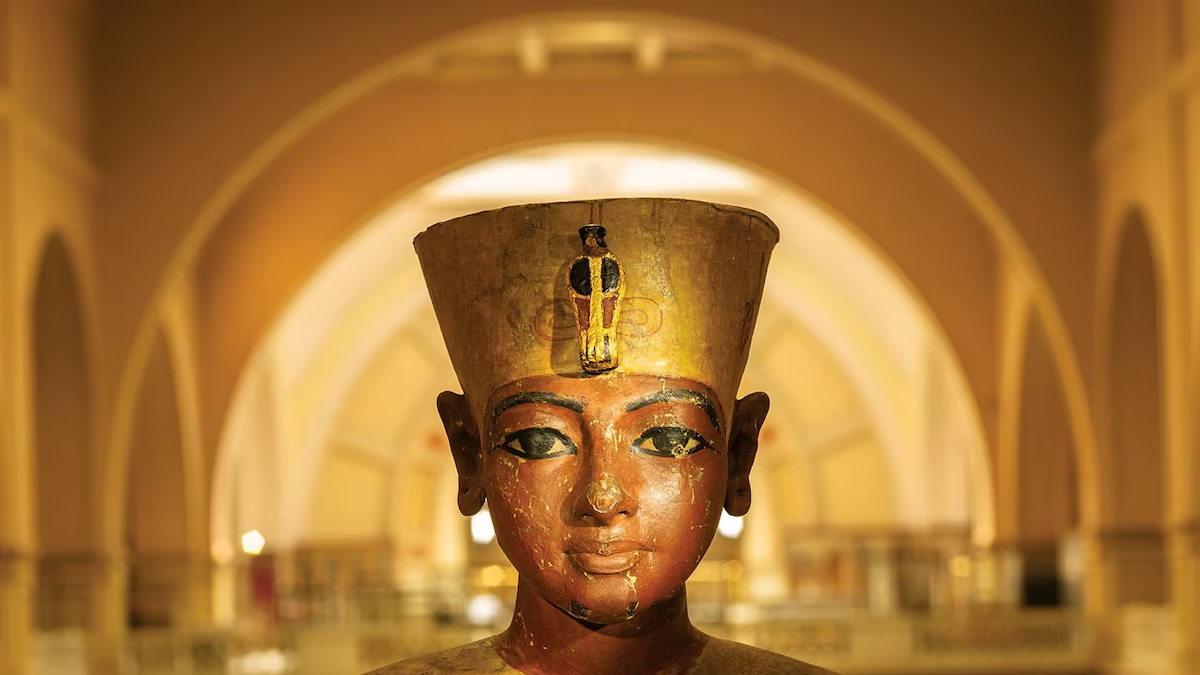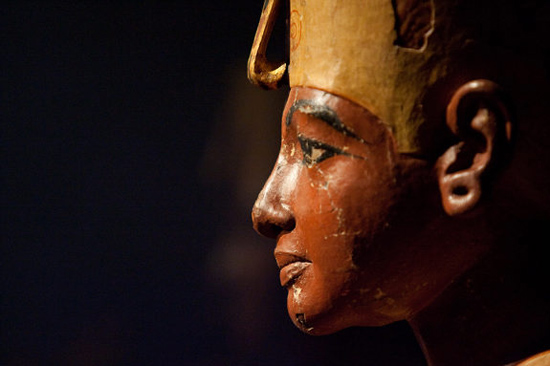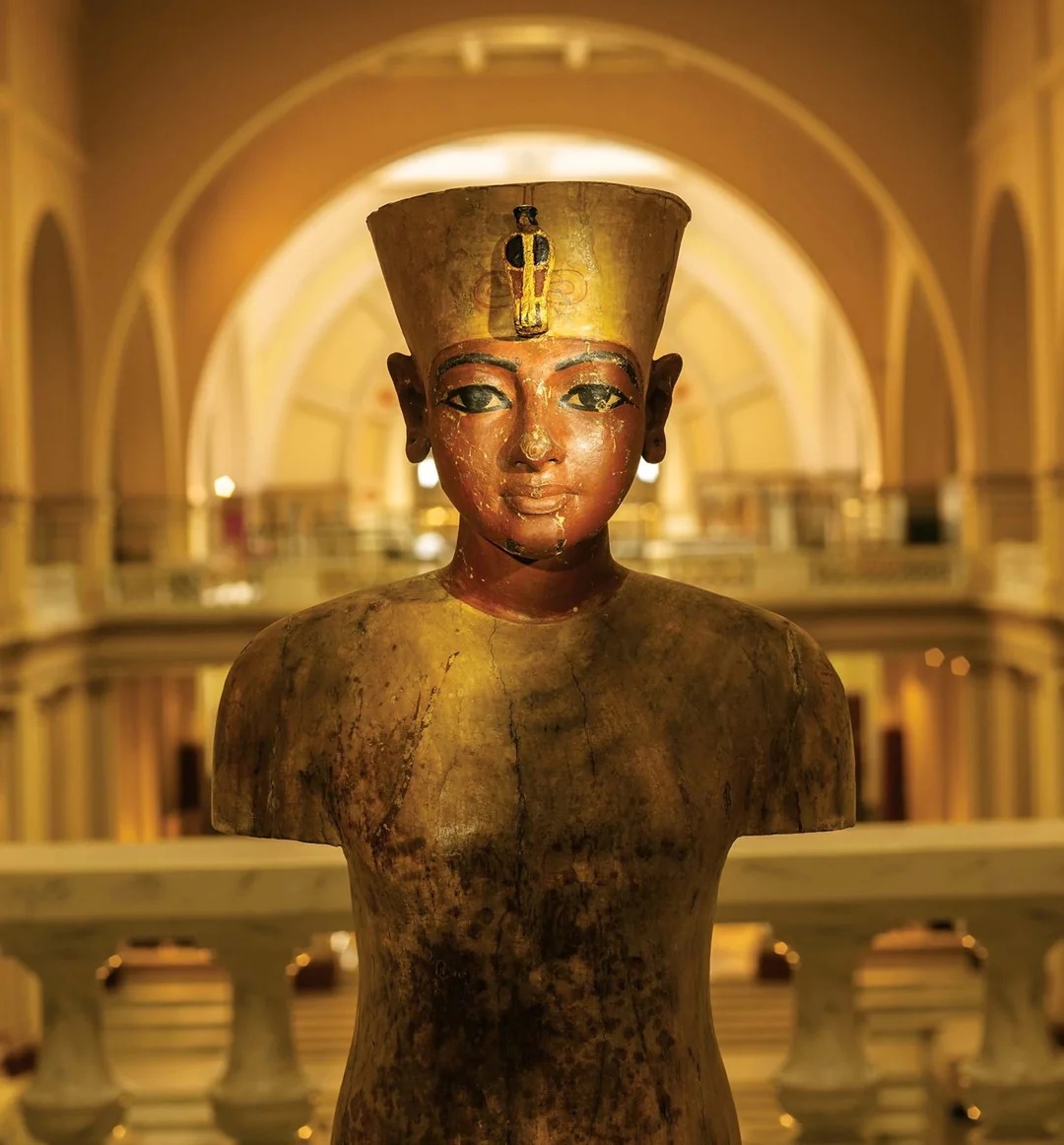Statue of King Tutankhamun

Life-size Statue of King Tutankhamun
This life-size statue of King Tutankhamun was discovered in his tomb (KV62) in the Valley of the Kings, where his nearly intact burial was unearthed in 1922.

Tutankhamun reigned circa 1336–1327 BCE during Egypt’s 18th Dynasty, a period marked by the restoration of traditional religion and art following the Amarna era.

King Tutankhamun, often referred to as King Tut, was an Egyptian pharaoh of the 18th Dynasty who ruled during the New Kingdom period, around 1332–1323 BCE. Ascending to the throne at a very young age, he is best known today not for the length or impact of his reign, but for the discovery of his nearly intact tomb in the Valley of the Kings in 1922 by Howard Carter.

The tomb’s extraordinary treasures—including the iconic gold funerary mask, jewelry, chariots, and ceremonial objects—have provided unparalleled insight into ancient Egyptian art, religion, and burial practices. Tutankhamun’s reign is also noted for the restoration of traditional Egyptian polytheism after the religious upheaval under his predecessor, Akhenaten, who promoted the worship of the sun disk Aten. Despite his early death, around age 18 or 19, King Tutankhamun remains one of the most famous and studied pharaohs in history, symbolizing the grandeur and mystique of ancient Egypt.









